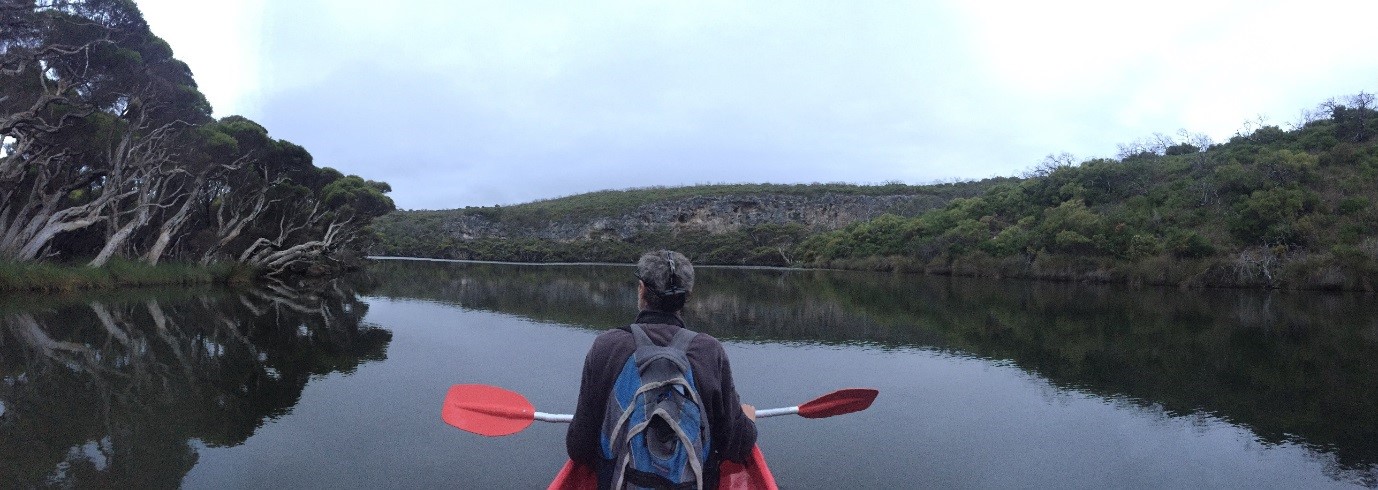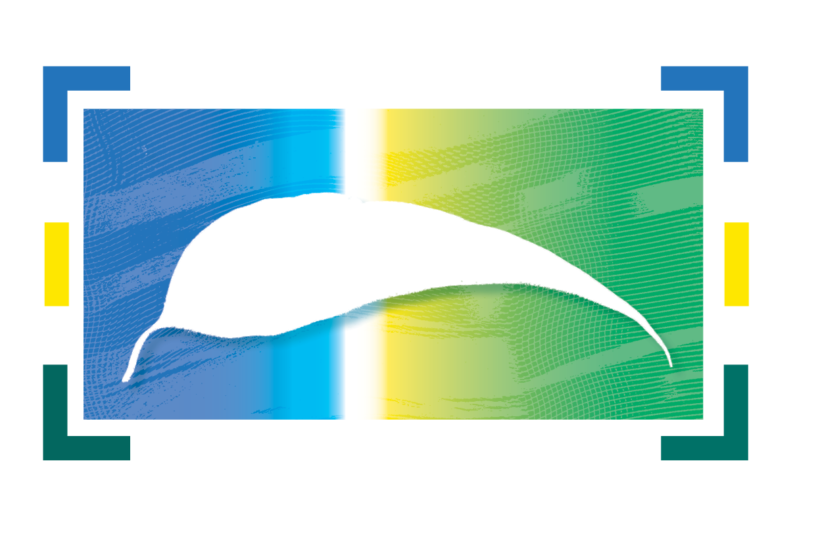- Home
-
Our Work
- People for Nature
- Giant Light Steps
- Environmental Education
- Conserving the Margaret River
- Coordinated Weed Control
- - Arum lily Blitz
- Managing Bushland for Wildlife
- Threatened Species Protection
- - Western Ringtail Possums
- - Black Cockatoos
- - Margaret River Hairy Marron
- - SW Masked Owls
- Caring for Coast
- About
- News & Events
- Resources
-
Get Involved
- Stay Informed
- Ways You Can Help
- Become A Nature Conservation Volunteer
- Become A Citizen Scientist
- Join A Community Or Friends Group
- For Nature Landowner Stewardship Program
- - For Nature: Find Inspiration
- - For Nature: Gain Knowledge
- - For Nature: Make Connections
- Learn About The Environment
- Report What You See
- Join & Donate
- Contact

Western Ringtail Possums under the spotlight
Nature Conservation’s Western Ringtail Possum Conservation Program had a busy year during 2019. Updates on the various components of the program are provided below. This valuable work is funded by the Australian Government’s National Landcare Program through the South West Catchments Council and supported locally by the Augusta Margaret River Shire’s Environmental Management Fund.
Volunteer Citizen Science WRP Surveying
The outstanding efforts of the 12 volunteer citizen scientist teams resulted in 127 surveys completed across the year. Western ringtail possums were sighted on 295 occasions across the 12 transects. Many of these sightings involved family groups, giving a total of 299 adults and 93 juvenile individuals. Brushtail possums were sighted on 186 occasions with a total of 189 adults and 23 juveniles counted.
The 10 survey transects established in late 2018 were increased to 12, encompassing 7 transects along the Wadandi Track, 2 along the Margaret River and 3 in Augusta.
In addition to the surveying, Nature Conservation also delivered a community presentation on Western ringtail possums in this region and held 3 volunteer citizen scientist catch-ups.
WRP Habitat Enhancement
Revegetation of Western ringtail possum habitat is an important component of the project and in 2019 we revegetated 2 sites along the Margaret River. A total of 1Ha of possum habitat was revegetated with more than 5000 plants. This was only made possible by the contribution of more than 80 volunteers participating in planting days at the 2 sites.
Targeted Margaret River WRP Survey
A targeted Western Ringtail Possum survey was conducted along the Margaret River in Autumn 2019. The survey was designed to provide both a baseline for future monitoring and an increased understanding as to the vegetation community preferences of the species in a Margaret River context. This information would be used to help guide the choice of revegetation sites and planting species.
The survey included 6 transects varying in length between 650m and 4km. Each transect was surveyed three times during the course of a month.
The survey found that along the Margaret River, Jarrah Marri forest had greater numbers of WRP observations than Peppermint communities. Other vegetation communities found along the Margaret River including Karri, Granites and Melaleuca rhaphiophylla forest had relatively low WRP observations.
Alongside Peppermints, Marri is also an important species for WRP with significant sightings occurring within both of these species. Considering their relatively scarcity in the landscape compared to Peppermints and Marris, a significant number of WRP were observed within both Blackbutt and Jarrah.



Surveying the Margaret River Estuary by canoe.

